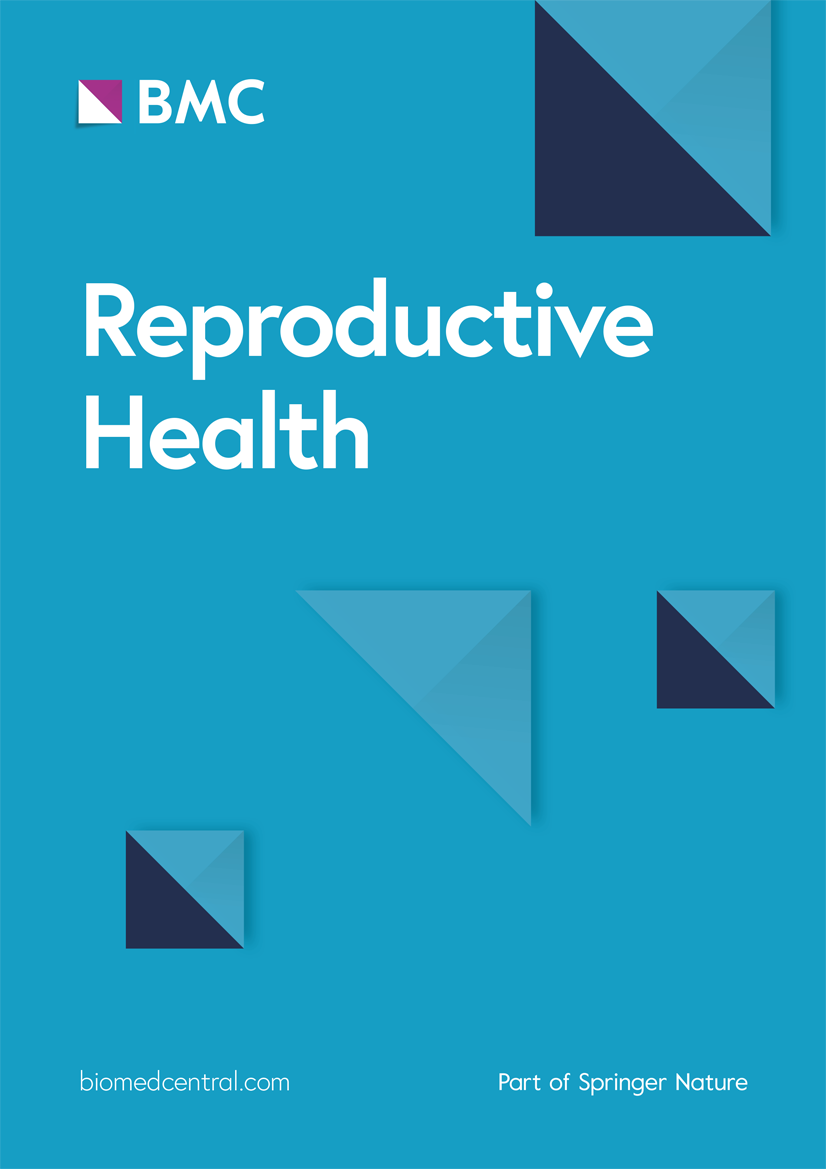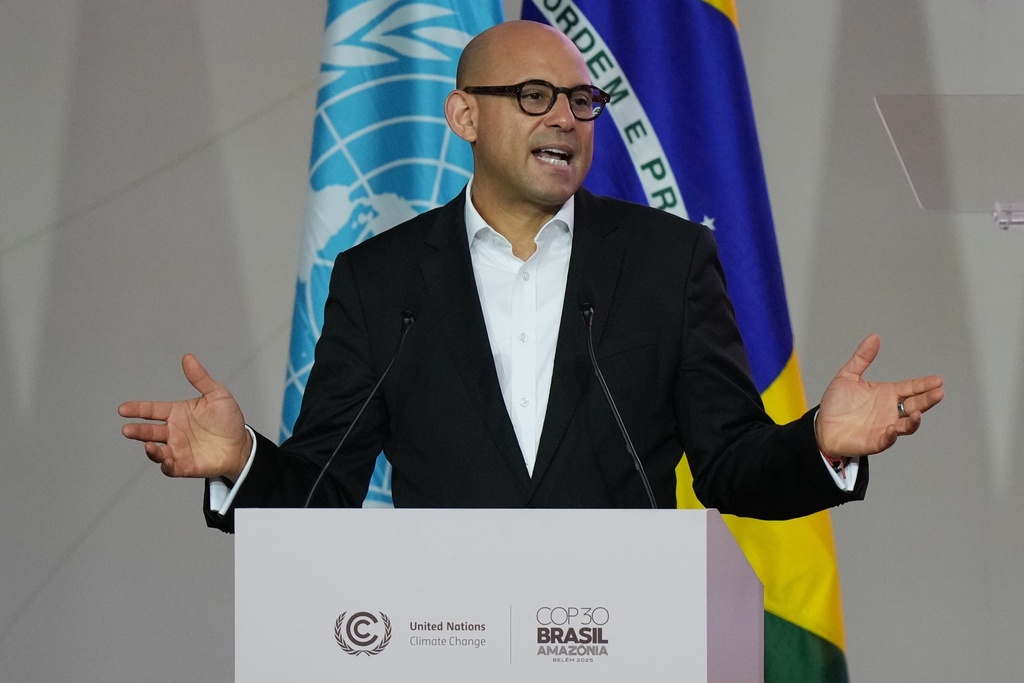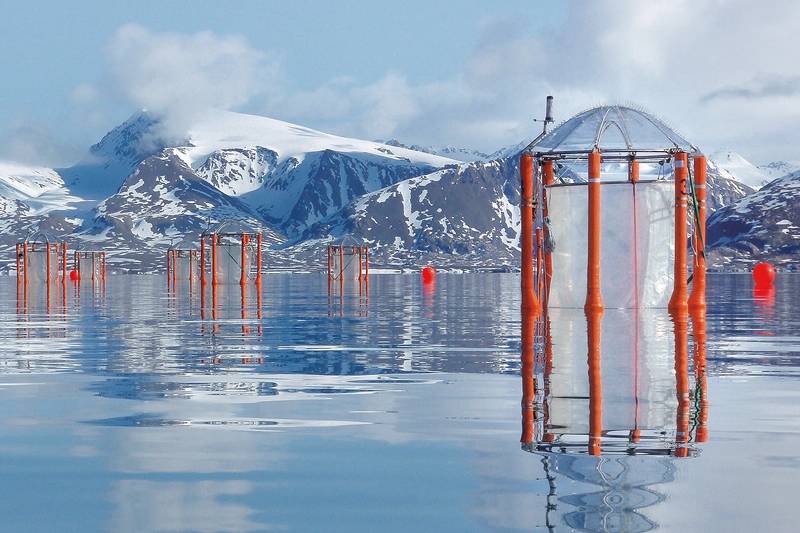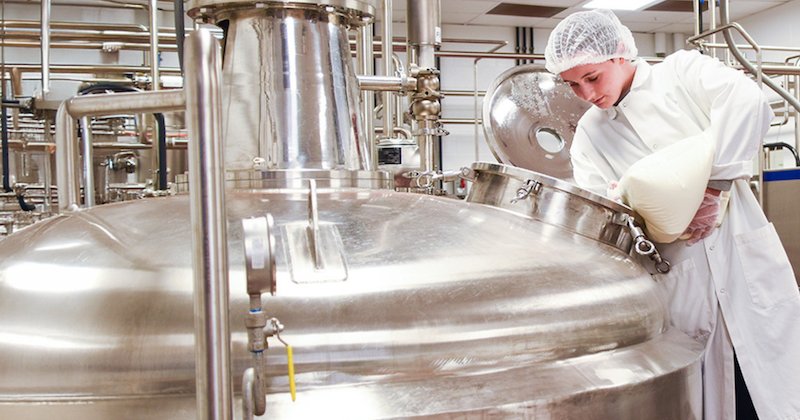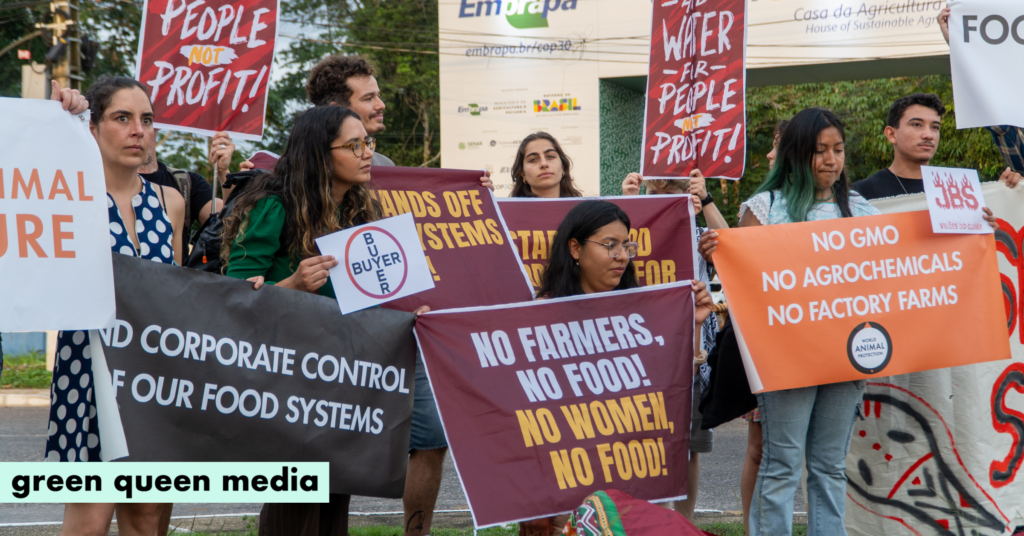Wastewater Plants and the Climate Crisis: A Call for Smarter Emission Monitoring | Newswise – Newswise

Report on Greenhouse Gas Emissions from Wastewater Treatment and Alignment with Sustainable Development Goals
Introduction: The Climate Impact of Urban Sanitation Infrastructure
Wastewater Treatment Plants (WWTPs) are fundamental to public health and environmental protection in urban centers, directly supporting Sustainable Development Goal 6 (Clean Water and Sanitation). However, their contribution to climate change, a critical aspect of SDG 13 (Climate Action), has been significantly underestimated. A recent review highlights that conventional methods for quantifying greenhouse gas (GHG) emissions from these facilities are inadequate, failing to capture the full environmental footprint and hindering progress toward SDG 11 (Sustainable Cities and Communities).
Deficiencies in Current GHG Quantification and Reporting
Current assessments of GHG emissions from WWTPs largely depend on generic emission factors from the Intergovernmental Panel on Climate Change (IPCC). This approach presents several critical limitations that obstruct accurate climate reporting and action.
- Lack of Specificity: Generic factors do not account for local variations in climate, wastewater composition, or treatment technologies, leading to inaccurate estimates of methane (CH₄) and nitrous oxide (N₂O) emissions.
- Invisible Emissions: Fossil-based carbon dioxide (CO₂), derived from the breakdown of synthetic detergents and industrial chemicals, is almost entirely excluded from current GHG inventories.
- Impediment to Climate Action: The reliance on outdated and imprecise data undermines the ability of nations to formulate effective climate mitigation strategies, directly impacting the targets of SDG 13 (Climate Action).
Key Findings from a Critical Scientific Review
A comprehensive review published in Environmental Science and Ecotechnology by researchers from the Harbin Institute of Technology provides new insights into accurately measuring and reporting GHG emissions from WWTPs. The study’s findings are pivotal for advancing SDG 9 (Industry, Innovation, and Infrastructure) by promoting cleaner and more efficient technologies.
- Evaluation of Monitoring Techniques: The report analyzes various measurement tools, from unit-based methods like flux chambers to plant-integrated approaches such as drone mapping and mobile laboratories. It concludes that a combination of techniques is necessary for a comprehensive emissions profile.
- Quantification of Fossil CO₂: Through radiocarbon analysis, the study revealed that fossil carbon constitutes 4–28% of the carbon in incoming wastewater. This previously uncounted source, when converted to CO₂, can increase a plant’s total reported emissions by over 20%. This finding has major implications for SDG 12 (Responsible Consumption and Production), as it links emissions directly to industrial and consumer products.
- Call for Customized Emission Factors: The research makes a compelling case for developing technology-specific and site-specific emission factors to replace the generalized IPCC guidelines, ensuring that data reflects real-world operational conditions.
Policy Implications and Pathways to Sustainable Wastewater Management
The review provides a clear roadmap for transforming the wastewater sector into a climate-smart industry, contributing directly to multiple Sustainable Development Goals. By integrating the study’s recommendations, policymakers can significantly improve the accuracy of national climate inventories and design more effective mitigation policies.
- Enhancing SDG 13 (Climate Action): Adopting advanced, multi-gas monitoring systems and including fossil CO₂ in national GHG inventories will provide the accurate data needed to meet climate targets.
- Supporting SDG 6 and SDG 11: By creating a more accurate picture of the environmental impact of WWTPs, cities can develop infrastructure that is both effective in sanitation and aligned with sustainability goals, leading to healthier and more resilient urban environments.
- Driving SDG 9 (Innovation): The need for precise measurement will spur innovation in monitoring technology and operational practices, fostering the development of low-carbon, high-efficiency wastewater treatment solutions globally.
SDGs Addressed in the Article
-
SDG 6: Clean Water and Sanitation
- The article’s central focus is on Wastewater Treatment Plants (WWTPs), which are fundamental to sanitation infrastructure. It states that WWTPs are “indispensable to urban life, processing billions of liters of wastewater daily.” The entire discussion revolves around improving the processes within these facilities, directly linking to the management of water and sanitation.
-
SDG 13: Climate Action
- The primary argument of the article is that WWTPs are an underreported source of greenhouse gases (GHG), specifically methane (CH4), nitrous oxide (N2O), and fossil carbon dioxide (CO2). The author is quoted as saying, “Wastewater is not just a sanitation issue—it’s a climate issue.” The research aims to improve GHG quantification to “inform better climate action” and improve the accuracy of “national climate data.”
-
SDG 11: Sustainable Cities and Communities
- The article frames the issue within an urban context, mentioning that WWTPs are essential to “urban life” and that the research can lead to “low-carbon, high-efficiency wastewater treatment in cities around the world.” By addressing the environmental footprint of critical urban infrastructure, the article connects directly to making cities more sustainable.
-
SDG 9: Industry, Innovation, and Infrastructure
- The study critiques existing methods for measuring emissions and proposes the adoption of new technologies and innovative approaches. It calls for “smarter, site-specific tools,” “continuous, automated monitoring systems,” and transforming “wastewater management into a climate-smart sector.” This highlights the need to upgrade infrastructure (WWTPs) with innovative and environmentally sound technologies.
Specific Targets Identified
-
Target 6.3: Improve water quality by reducing pollution… halving the proportion of untreated wastewater…
- The article addresses the *byproducts* of wastewater treatment. While the goal is to treat wastewater, the process itself creates pollution in the form of GHG emissions. The research aims to improve the treatment process to make it “climate-smart,” which is an advanced form of improving the overall quality and sustainability of wastewater management.
-
Target 13.2: Integrate climate change measures into national policies, strategies and planning.
- The article explicitly urges the “policy community” to use its findings to “inform better climate action.” It points out that improving GHG accounting from WWTPs will “dramatically improve the accuracy of national climate data,” which is a prerequisite for effective national climate policies and planning.
-
Target 11.6: Reduce the adverse per capita environmental impact of cities, including by paying special attention to… waste management.
- Wastewater is a form of municipal waste. The article’s focus on quantifying and reducing GHG emissions from WWTPs directly addresses the need to reduce the environmental impact of cities, specifically in the area of waste management.
-
Target 9.4: Upgrade infrastructure and retrofit industries to make them sustainable… with greater adoption of clean and environmentally sound technologies…
- The article’s call to move beyond generic IPCC emission factors and adopt “plant-integrated techniques—including drone mapping, mobile laboratories, and aircraft surveys” represents a direct call to upgrade existing infrastructure with more sustainable and technologically advanced processes. The goal of creating “low-carbon, high-efficiency wastewater treatment” is a clear articulation of this target.
Indicators for Measuring Progress
-
Indicator: Volume of greenhouse gases (CH4, N2O, and fossil CO2) emitted from wastewater treatment facilities.
- The entire article is predicated on the idea that this is not being measured accurately. It critiques the reliance on “broad emission factors” and highlights the omission of “fossil CO2.” The proposed use of “radiocarbon analysis,” “flux chambers,” and “drone mapping” are all tools to measure this specific indicator more accurately. The finding that fossil CO2 could “raise reported emissions by more than 20%” implies that this is a critical metric for tracking progress.
-
Indicator: Accuracy of national greenhouse gas inventories for the wastewater sector.
- The article implies that current inventories are inaccurate due to flawed estimation methods. It states that “relying on outdated estimation methods, we’re underreporting a major source of greenhouse gases.” Progress would be measured by the integration of site-specific, technology-differentiated data, including fossil CO2, into these national reports, thereby improving their accuracy.
-
Indicator: Adoption of advanced, site-specific GHG monitoring technologies in WWTPs.
- The article advocates for a shift from generic estimation to direct measurement using “smarter, site-specific tools.” It discusses various technologies like “unit-based” methods (flux chambers) and “plant-integrated” techniques. The adoption rate of these “continuous, automated monitoring systems” would serve as a direct indicator of progress towards a “climate-smart sector.”
Summary Table: SDGs, Targets, and Indicators
| SDGs | Targets | Indicators (Mentioned or Implied in the Article) |
|---|---|---|
| SDG 6: Clean Water and Sanitation | Target 6.3: Improve water quality by reducing pollution and improving wastewater treatment. | Volume of greenhouse gases (CH4, N2O, fossil CO2) emitted during the wastewater treatment process. |
| SDG 9: Industry, Innovation, and Infrastructure | Target 9.4: Upgrade infrastructure to make it sustainable through the adoption of clean and environmentally sound technologies. | Adoption rate of advanced, site-specific GHG monitoring technologies (e.g., drone mapping, automated systems) in WWTPs. |
| SDG 11: Sustainable Cities and Communities | Target 11.6: Reduce the adverse per capita environmental impact of cities, particularly in waste management. | Total GHG emissions from municipal wastewater treatment, accounting for local variations and fossil CO2. |
| SDG 13: Climate Action | Target 13.2: Integrate climate change measures into national policies and planning. | Accuracy of national greenhouse gas inventories, specifically through the inclusion of previously uncounted emissions (fossil CO2) from the wastewater sector. |
Source: newswise.com

What is Your Reaction?
 Like
0
Like
0
 Dislike
0
Dislike
0
 Love
0
Love
0
 Funny
0
Funny
0
 Angry
0
Angry
0
 Sad
0
Sad
0
 Wow
0
Wow
0










